National
Trudeau government to roll out another digital border crossing app by 2026
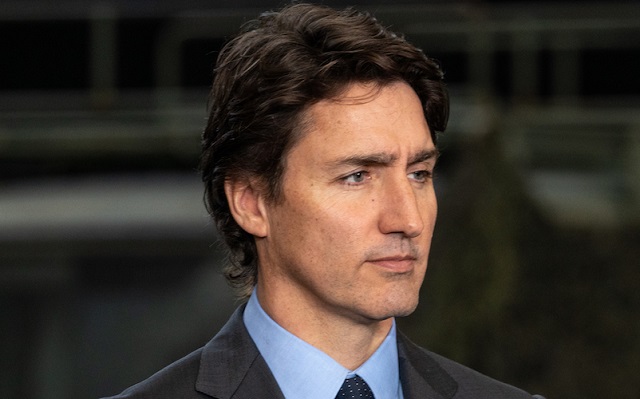
From LifeSiteNews
By 2026, Canadians driving to the United States will be asked to pre-submit photos, license plate numbers and other information to the Canada Border Services Agency through a mobile application as part of its ‘traveller modernization’ plan.
Prime Minister Justin Trudeau’s government has introduced their plan to implement a new ArriveCAN style border crossing application by 2026.
According to a federal report obtained November 14 by Blacklock’s Reporter, by 2026 Canadians driving to the United States will be asked to pre-submit photos and license plate numbers to the Canada Border Services Agency through a mobile application as part of its “traveller modernization” plan.
“Travellers will use a redesigned advance declaration mobile application to submit their digital photo, advance declaration and license plate information in advance of arrival,” wrote the Agency.
The report noted that the new plan is separate from the notorious ArriveCAN app which monitored and collected information from Canadians leaving or entering the country during the COVID “pandemic,” however there are some notable similarities.
Under the forthcoming regime, Canadians will “provide their biographic, biometric declaration and other border-related information prior to arriving at the port of entry,” and officers “will be given smartphones to access the digital referrals and process them,” which the government says is “expected to save time.”
It remains unknown if the program will be mandatory like the ArriveCAN app once was, or what will happen to Canadians who refuse to register. During the ArriveCAN system, which was described as “tyranny” by a Canadian Border Agent, those who failed to comply with the mandate were subjected to hefty fines.
When the app was mandated, all travelers entering Canada had to use it to submit their travel and contact information as well as any COVID vaccination details before crossing the border or boarding a flight.
At the time, top constitutional lawyers argued that ArriveCAN violated an individual’s constitutional rights.
In addition to tracking the 60 million people crossing land borders each year, the new program outlined similar electronic tracking for marine passengers and air passengers to be introduced in 2027 and 2028 respectively.
The proposed system comes after the ArriveCAN app was ultimately scrapped following a number of scandals. Among the scandals was the app’s $54 million price tag, $8.9 million of which was given to an obscure company called GC Strategies which was operated by a two-man team out of an Ontario home.
The app and its creation has been under investigation since November 2022 after the House of Commons voted 173-149 for a full audit.
Of particular interest to the auditors is getting to the bottom of how and why various companies such as Dalian, Coaradix, and GC Strategies received millions in taxpayer dollar contracts to develop the program.
LifeSiteNews last year reported about two tech entrepreneurs who testified before the House of Commons’ investigative committee that during the development of the app they saw federal managers firsthand engage in “extortion,” “corruption,” and “ghost contracting,” all at the expense of taxpayers.
Energy
A look inside the ‘floatel’ housing B.C.’s LNG workforce
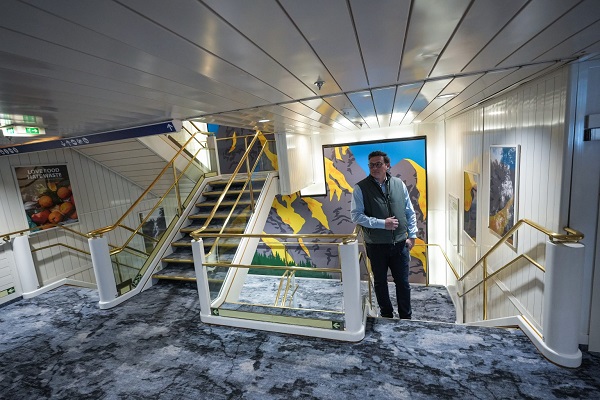
From Resource Works
Innovative housing solution minimizes community impact while supporting the massive labour force needed for the Woodfibre LNG project.
The Woodfibre LNG project — a national leader in Indigenous partnerships and a cornerstone of global energy security — relies on a large construction workforce that drives economic prosperity across the region. For many of these workers, “home” is a ship.
Refitted from a cruise liner into a dedicated accommodation vessel, or “floatel,” this innovative solution houses up to 600 workers near Squamish, B.C., while keeping pressure off local housing and minimizing the project’s community footprint.
These exclusive images, captured a year ago, offer a rare retrospective look inside the original floatel. MV Isabelle X. With a second accommodation ship, the MV Saga X, recently arrived, this photo essay gives a timely, ground-level view of life aboard: individual cabins, a full-service dining hall, recreation spaces and custom laundry facilities. It’s a glimpse into the offshore dormitory that anchors daily life for the crew bringing this vital energy project to completion.

An arcade room is seen on a “floatel” that Woodfibre LNG plans to use to house 600 construction workers at a liquefied natural gas export facility being built near Squamish, during a media tour in Vancouver, on Thursday, May 9, 2024. The ship arrived in B.C. waters in January after a 40-day journey from Estonia, where it had sheltered Ukrainian refugees, but the District of Squamish council voted three to four against a one-year permit for its use last week.

A dining area is seen on a “floatel” that Woodfibre LNG plans to use to house 600 construction workers at a liquefied natural gas export facility being built near Squamish, during a media tour in Vancouver, on Thursday, May 9, 2024. The ship arrived in B.C. waters in January after a 40-day journey from Estonia, where it had sheltered Ukrainian refugees, but the District of Squamish council voted three to four against a one-year permit for its use last week.

A cabin is seen on a “floatel” that Woodfibre LNG plans to use to house 600 construction workers at a liquefied natural gas export facility being built near Squamish, during a media tour in Vancouver, on Thursday, May 9, 2024. The ship arrived in B.C. waters in January after a 40-day journey from Estonia, where it had sheltered Ukrainian refugees, but the District of Squamish council voted three to four against a one-year permit for its use last week.

Bridgemans Services Group president Brian Grange stands at the stern on a renovated cruise ship known as a “floatel” that Woodfibre LNG plans to use to house 600 construction workers at a liquefied natural gas export facility being built near Squamish, during a media tour in Vancouver, on Thursday, May 9, 2024. The ship arrived in B.C. waters in January after a 40-day journey from Estonia, where it had sheltered Ukrainian refugees, but the District of Squamish council voted three to four against a one-year permit for its use last week.

A custom built heat pump unit that allows the ship to avoid using diesel while docked and at anchor is seen on a “floatel” that Woodfibre LNG plans to use to house 600 construction workers at a liquefied natural gas export facility being built near Squamish, during a media tour in Vancouver, on Thursday, May 9, 2024. The ship arrived in B.C. waters in January after a 40-day journey from Estonia, where it had sheltered Ukrainian refugees, but the District of Squamish council voted three to four against a one-year permit for its use last week.

The main entry and exit area for workers is seen on a “floatel” that Woodfibre LNG plans to use to house 600 construction workers at a liquefied natural gas export facility being built near Squamish, during a media tour in Vancouver, on Thursday, May 9, 2024. The ship arrived in B.C. waters in January after a 40-day journey from Estonia, where it had sheltered Ukrainian refugees, but the District of Squamish council voted three to four against a one-year permit for its use last week.

A renovated cruise ship known as a “floatel” that Woodfibre LNG plans to use to house 600 construction workers at a liquefied natural gas export facility being built near Squamish, is seen at anchor in the harbour in Vancouver, on Thursday, May 9, 2024. The ship arrived in B.C. waters in January after a 40-day journey from Estonia, where it had sheltered Ukrainian refugees, but the District of Squamish council voted three to four against a one-year permit for its use last week.

A tugboat and water taxi are seen docked at a renovated cruise ship known as a “floatel” that Woodfibre LNG plans to use to house 600 construction workers at a liquefied natural gas export facility being built near Squamish, at anchor in the harbour in Vancouver, on Thursday, May 9, 2024. The ship arrived in B.C. waters in January after a 40-day journey from Estonia, where it had sheltered Ukrainian refugees, but the District of Squamish council voted three to four against a one-year permit for its use last week.
All photos credited to THE CANADIAN PRESS/Darryl Dyck
Resource Works News
National
Alberta will use provincial laws to stop Canadian gov’t from trying to confiscate legal firearms
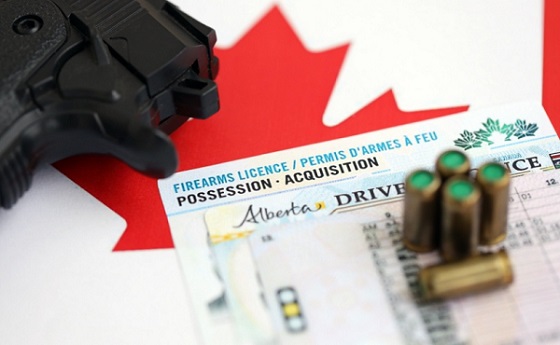
From LifeSiteNews
Premier Danielle Smith confirmed that her government will introduce a motion to protect lawful gun owners from improper seizures and prosecution.
Alberta Premier Danielle Smith confirmed what she has promised for over a year now that her government will use its laws to stop Liberal Prime Minister Mark Carney’s federal gun-grab of legally purchased firearms from taking effect in the province.
“I just announced that our government will introduce a motion under the Alberta Sovereignty within a United Canada Act next week,” she posted on X over the weekend.
“This motion will protect lawful gun owners from improper seizures and prosecution, and ensure Albertans can protect their homes, families, and property.”
Smith’s motion was officially revealed on Tuesday. It reads, “A new motion under the Alberta Sovereignty within a United Canada Act will, if passed by the legislature, instruct all provincial entities, including law-enforcement agencies such as municipal police services and the RCMP, to decline to enforce or implement the federal gun seizure program.”
“The motion also makes clear that Albertans have the right to use reasonable force to defend themselves, their families and their homes from intruders,” it notes.
Smith has many times before, as reported by LifeSiteNews, promised her province will refuse to participate in his planned gun buyback program that aims to seize the legally purchased guns of Canadian firearm owners.
Alberta’s “Sovereignty Act” allows it to ignore federal laws that the province views as being unconstitutional.
Smith’s United Conservative Party (UCP) recently held its AGM, at which a motion to support so-called “Castle Laws” was introduced and passed.
She was recently quoted as saying, “If you don’t want to get shot, don’t break into someone’s house.”
Smith has promised that her government will introduce a so-called “Castle Law” to protect the rights of homeowners.
Violent crime against homeowners is on the rise in Canada. As reported by LifeSiteNews, Conservative leader Pierre Poilievre lashed out at Carney’s “catch and release” bail laws, saying they need to be rescinded while adding Canadians have a “right” to defend their homes. He made the comments after a 46-year-old father died defending his family home.
The Canadian government’s controversial gun grab Bill C-21, which bans many types of guns, including handguns, and mandates a buyback program became law on December 14, 2023, after senators voted 60- 24 in favor of the bill.
In May 2023, Bill C-21 passed in the House of Commons. After initially denying that the bill would impact hunters, former Prime Minister Justin Trudeau eventually admitted that C-21 would indeed ban certain types of hunting rifles.
Trudeau’s gun grab was first announced after a deadly mass shooting in Nova Scotia in May 2020 in which he banned over 1,500 “military-style assault firearms” with a plan to begin buying them back from owners.
Late last year, the Trudeau government extended the amnesty deadline for legal gun owners until October 30, 2025. It should be noted that this is around the same time a federal election was to take place.
When it comes to gun-related deaths in Canada, as reported by LifeSiteNews, Statistics Canada data shows that most violent gun crimes in the country last year were not committed at the hands of legal gun owners but by those who obtained the weapons illegally.
-

 MAiD2 days ago
MAiD2 days agoFrom Exception to Routine. Why Canada’s State-Assisted Suicide Regime Demands a Human-Rights Review
-

 Business2 days ago
Business2 days agoCarney government should privatize airports—then open airline industry to competition
-

 Alberta2 days ago
Alberta2 days agoCarney’s pipeline deal hits a wall in B.C.
-
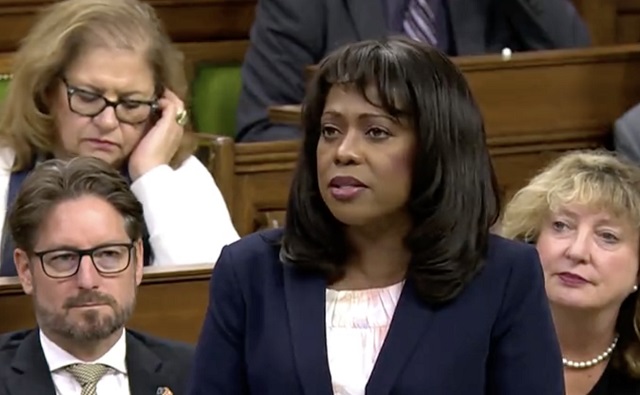
 Censorship Industrial Complex1 day ago
Censorship Industrial Complex1 day agoConservative MP Leslyn Lewis slams Liberal plan targeting religious exemption in hate speech bil
-
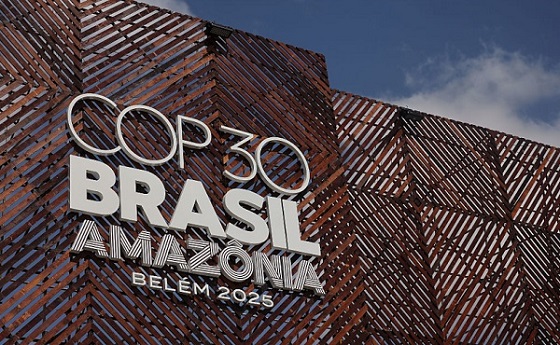
 Business2 days ago
Business2 days agoWhat’s Going On With Global Affairs Canada and Their $392 Million Spending Trip to Brazil?
-

 Alberta1 day ago
Alberta1 day agoAlberta Sports Hall of Fame Announces Class of 2026 Inductees
-
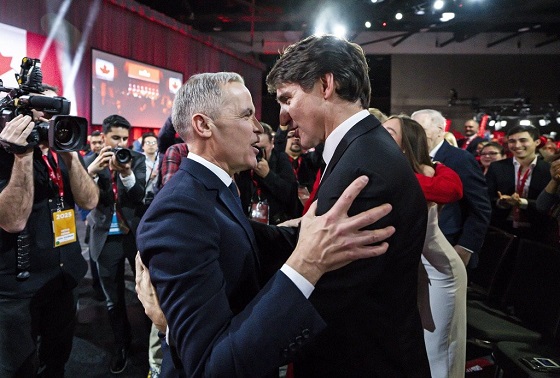
 Business2 days ago
Business2 days agoIs Carney Falling Into The Same Fiscal Traps As Trudeau?
-

 Energy2 days ago
Energy2 days agoCanada following Europe’s stumble by ignoring energy reality






